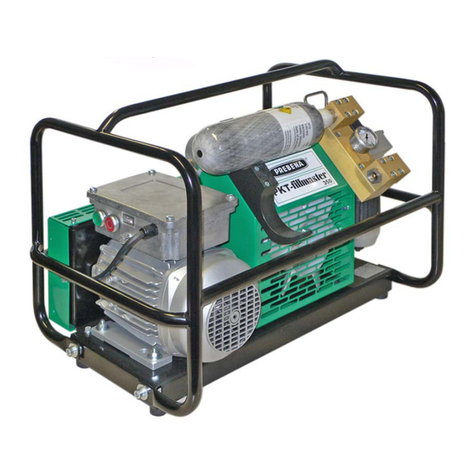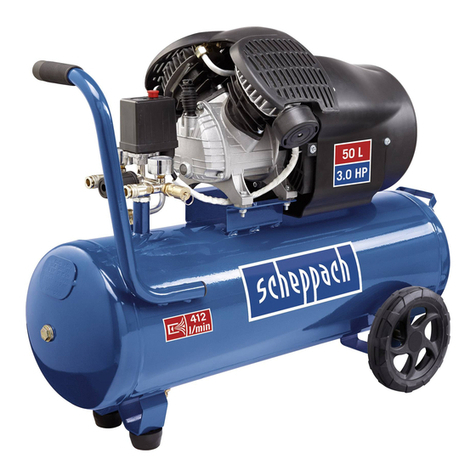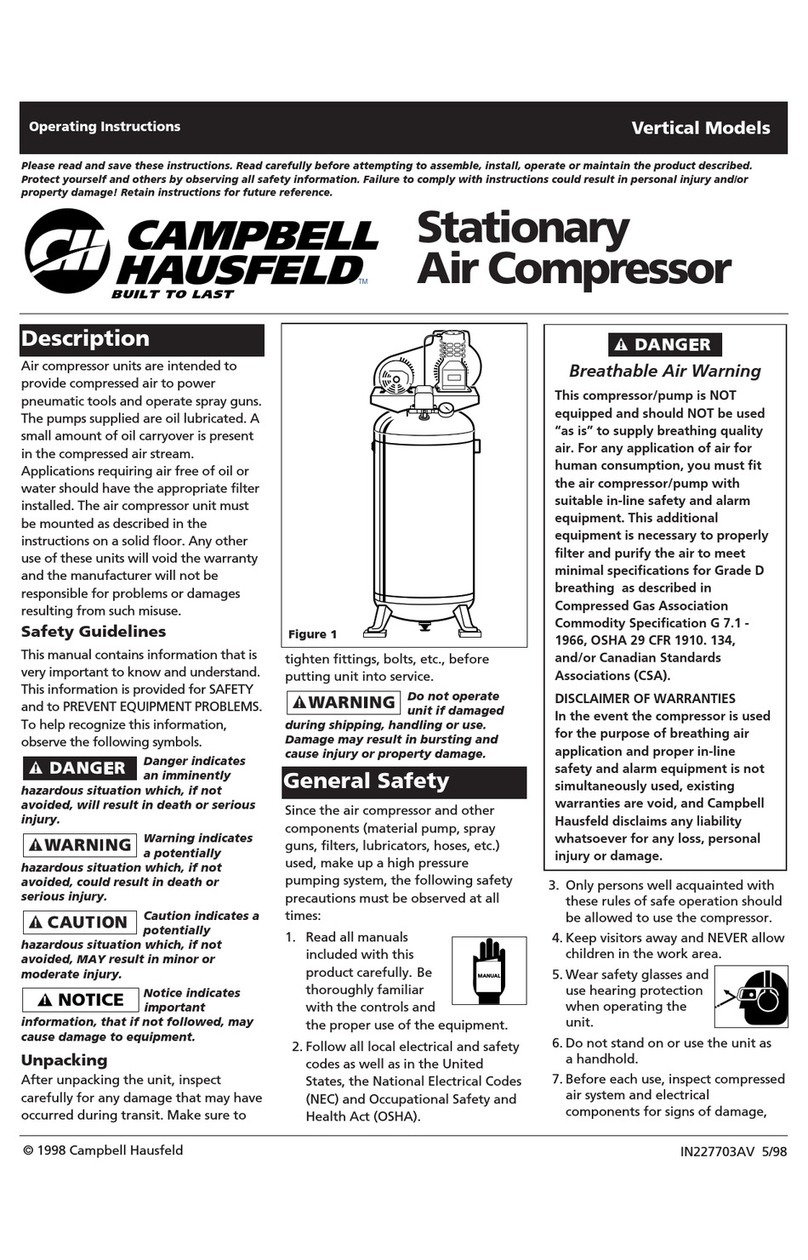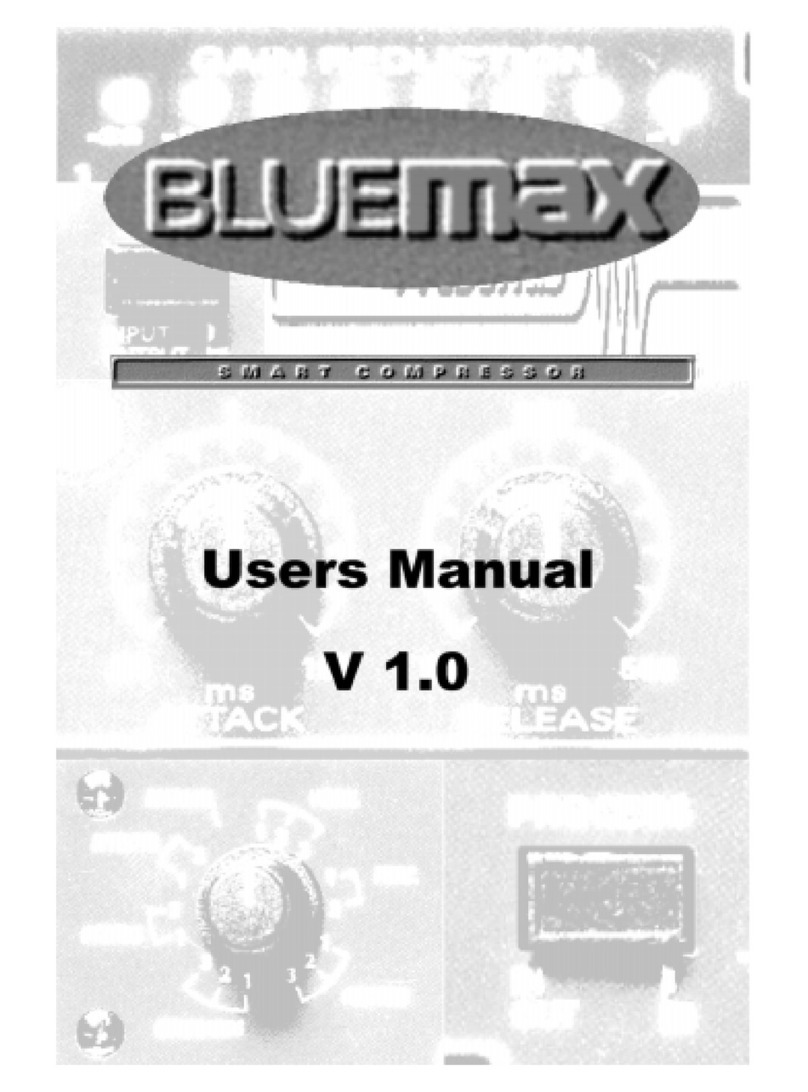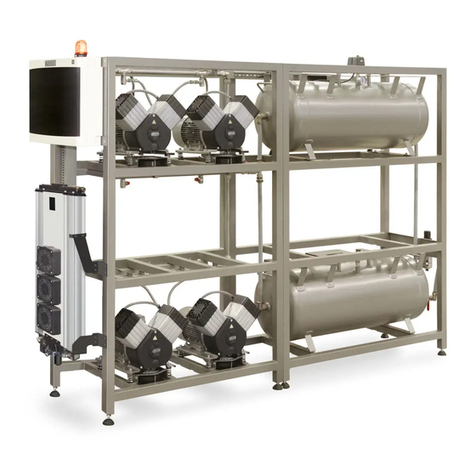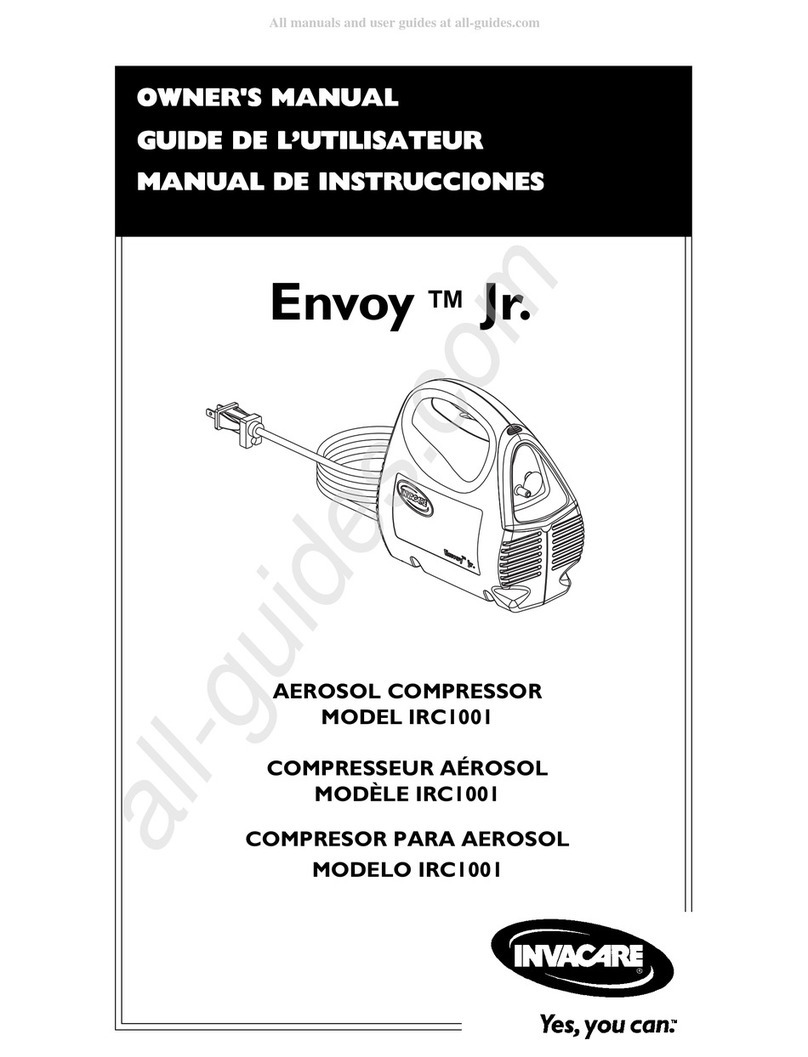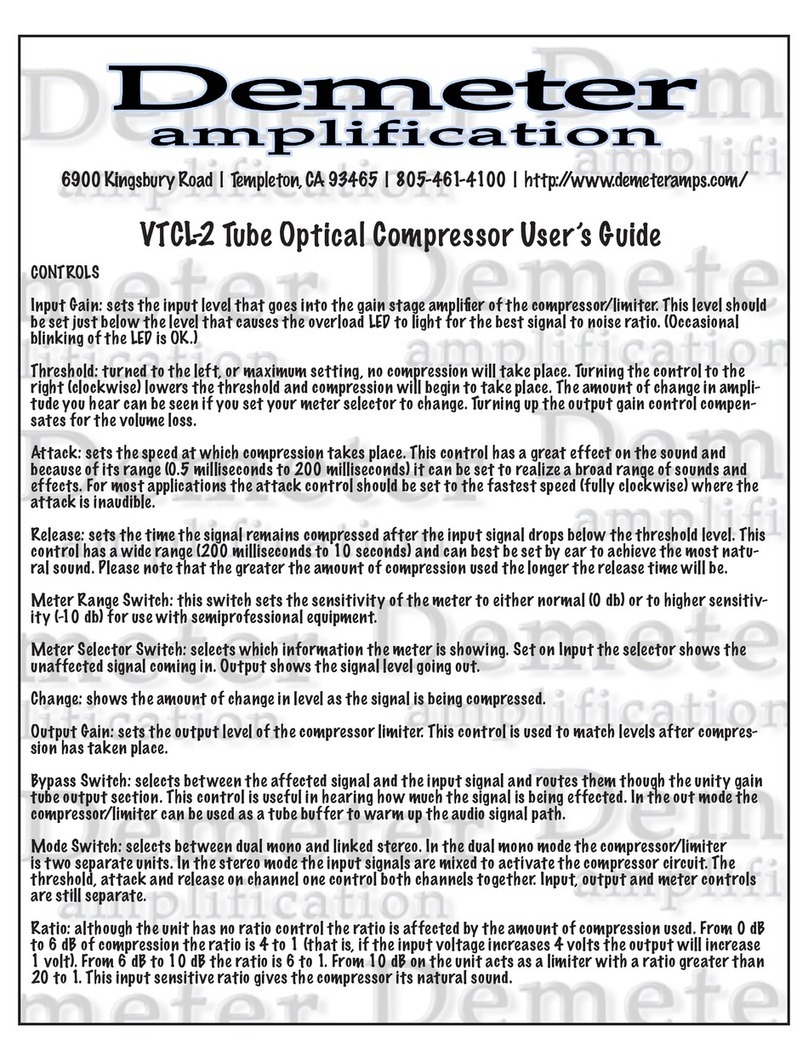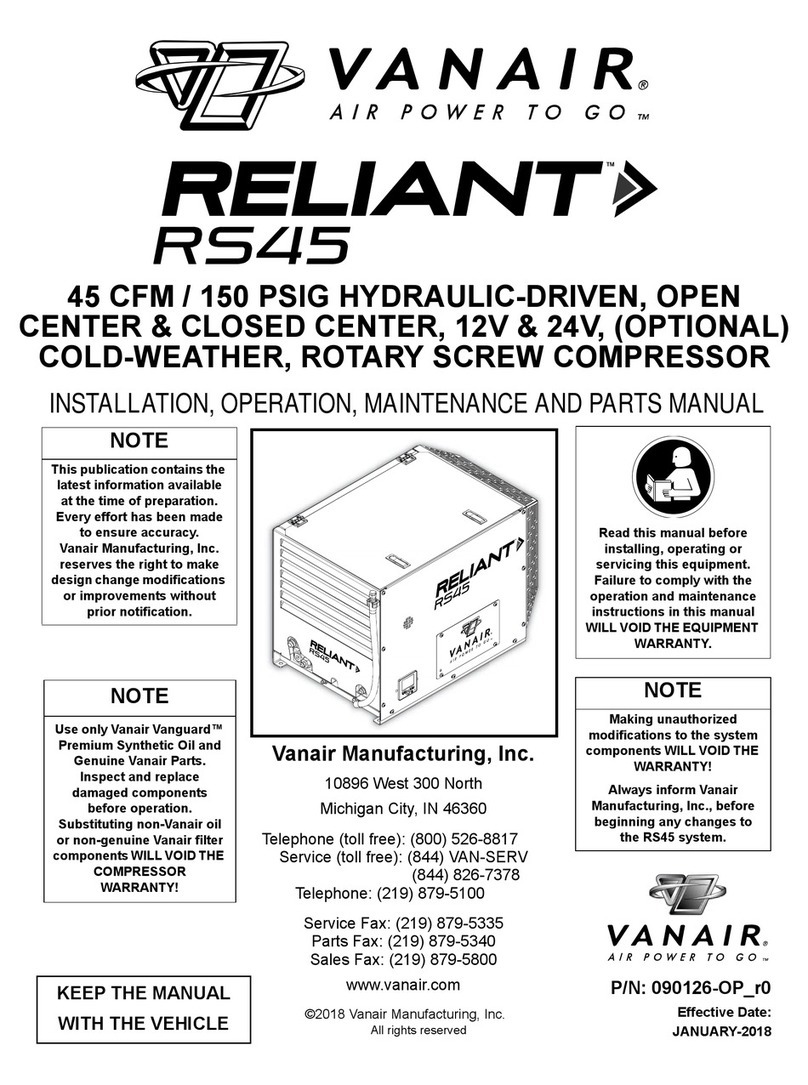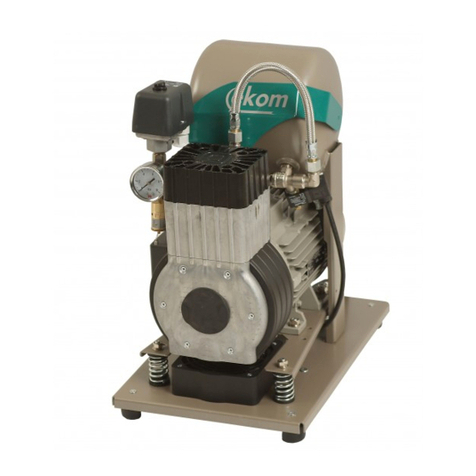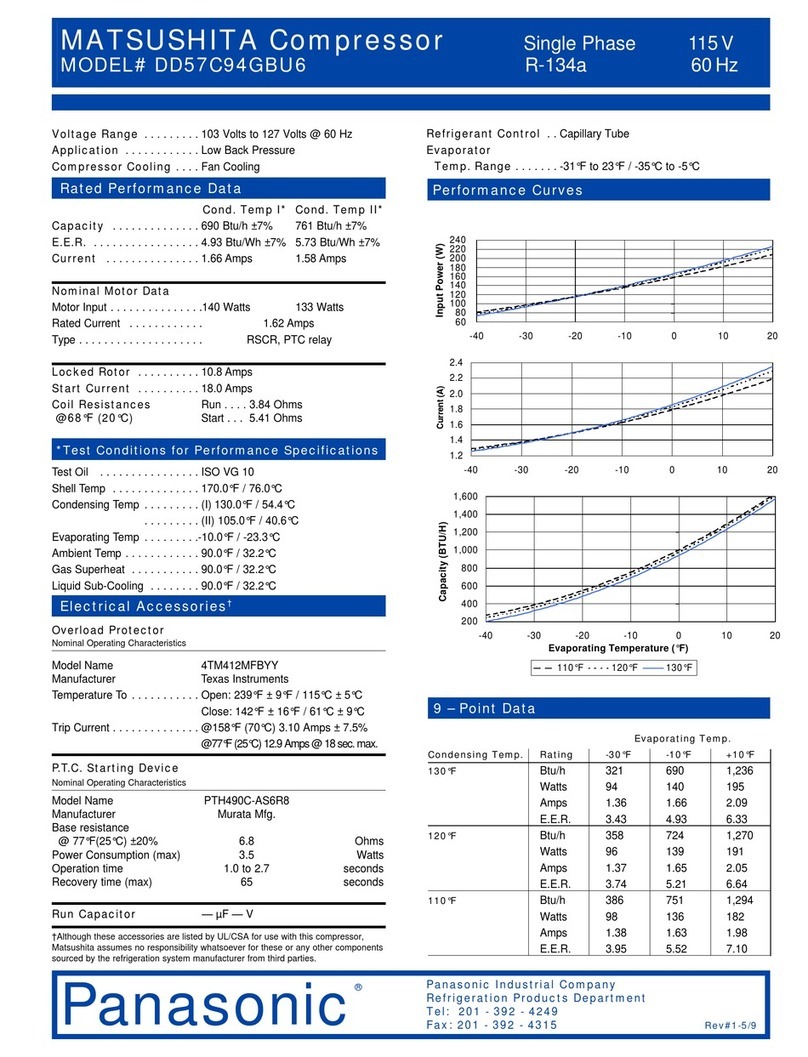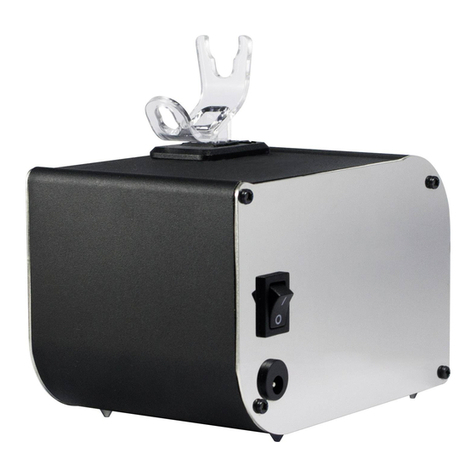
WARRANTY (Applies to following models: UDSM, UDISS, UDHD, ADHD, GENAIR, TMBD, ADBD)
The rotary screw compressor unit air end is warranted for life when adhering to the prescribed
maintenance schedule. The unit will be replaced or repaired at VANAIR’S option. The hydraulic
motor on the UDHD and ADHD is warranted for two (2) years. All other parts including the
compressor unit shaft seal and generator are warranted for twelve (12) months. This warranty does
not cover damage caused by accident, misuse or negligence. If a compressor unit is disassembled
the warranty is void. Any disassembly of major components must be approved by Vanair to avoid
voiding of warranty. Any and all such claims for warranty consideration must be coordinated through
the Warranty-Service Department at the address below. Do not return parts without prior
authorization.
Warranty is limited to the supply of replacement parts failing within the warranty period. Credit for
labor required to refit replacement parts is NOT included. All warranted parts are to be shipped
PREPAID to VANAIR. Replacement parts will be shipped back to the customer by VANAIR via
ground shipment. Cost to expedite delivery of replacement parts will be incurred by customer.
Factory installed units will also include warranty on the installation for one year.
Warranty will commence upon receipt of the Warranty Registration Card. If the Warranty
Registration Card is not received within six (6) months, then warranty commencement date shall be
thirty (30) days from the date of shipment from VANAIR. Records of warranty adherence are the
responsibility of end user.
This statement of warranty is expressly in lieu of and disclaims all other express warranties, implied
warranties of merchantability and fitness for a particular purchase and all other implied warranties
which extend beyond the description on the face hereof. The warranty does not include incidental or
consequential damages.
This warranty shall be void and VANAIR shall have no responsibility to repair, replace or repay the
purchase price of defective or damaged parts resulting from the use of or repair of replacement parts
or fluids not of VANAIR’S manufacture or from buyer’s failure to store, install, maintain and operate
the compressor according to the recommendations contained in the Manual.
All claims under the Warranty shall be made by contacting VANAIR Warranty-Service Department.
10896 West 300 North
Michigan City, IN 46360
Phone: (800) 526-8817 • (219) 879-5100
Service Fax: (219) 879-5335 • Parts Fax: (219) 879-5340 • Sales Fax: (219) 879-5800
